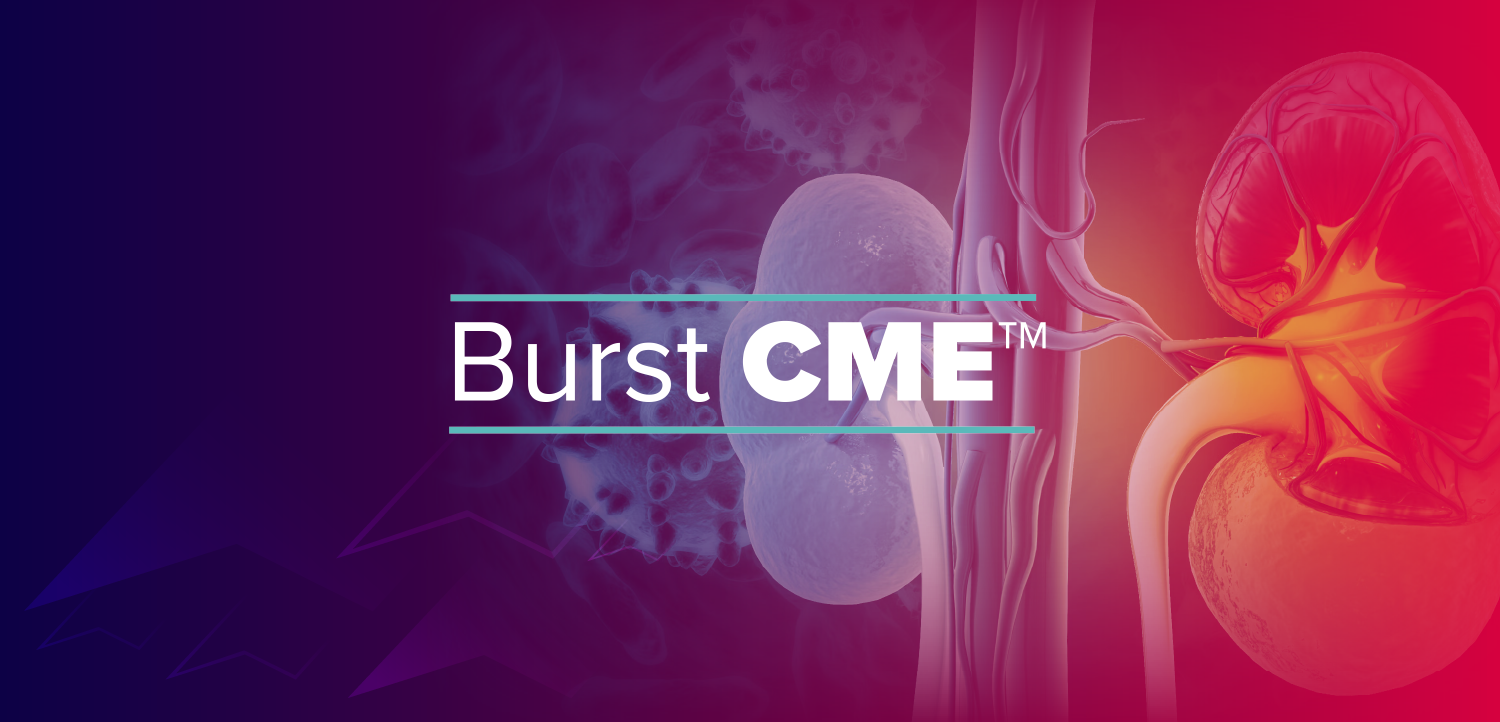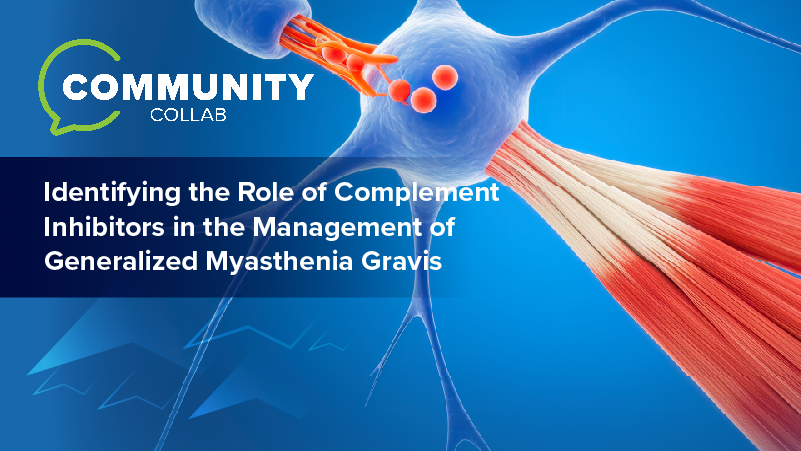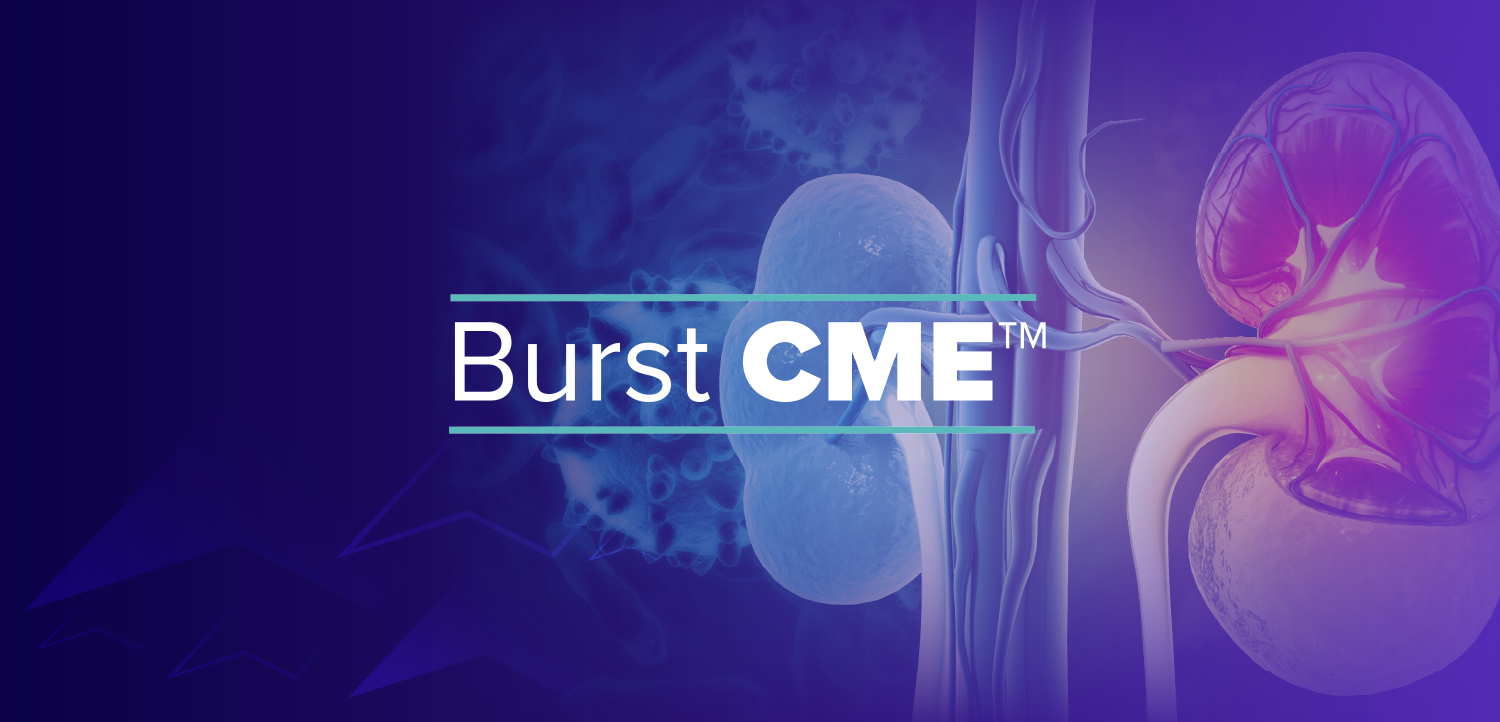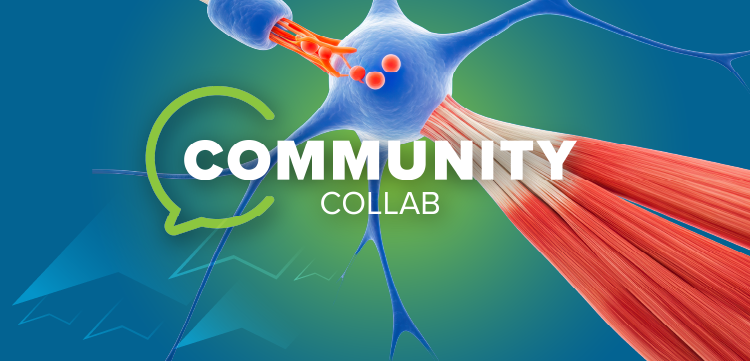
Exploring GLP-1 Receptor Agonists for Idiopathic Intracranial Hypertension: Dennis Rivet, MD
Key Takeaways
- GLP-1 RAs show promise in managing IIH, reducing medication use, headaches, and visual disturbances.
- The study found a significant reduction in mortality rates among GLP-1 RA users compared to nonusers.
The Harold I. Nemuth Chair in Neurological Disorders at Virginia Commonwealth University discussed new data supporting the potential of GLP-1 RAs as a non-surgical option for idiopathic intracranial hypertension. [WATCH TIME: 3 minutes]
WATCH TIME: 3 minutes
"We’re dealing with a patient population where traditional surgical treatments are often high-risk or prone to failure. GLP-1 RAs offer a dual opportunity—not only for significant weight loss but potentially for direct neurologic benefit via spinal fluid regulation. The need for safer, scalable treatments in IIH couldn’t be more pressing."
Glucagon-like peptide-1 receptor agonists (GLP-1 RAs) have seen a rapid rise in use over the past decade, initially as treatments for type 2 diabetes and more recently for obesity, with growing investigation into their impact on neurologic and cardiovascular health. Recently, a group of study authors published promising data on the use of GLP-1 RAs to improve the management of idiopathic intracranial hypertension (IIH) relative to conventional therapies.
The trial, led by Dennis Rivet, MD, used data from the TriNetX US Collaborative Network between 2005 and 2024, with a follow-up duration of 1 year. After matching, 555 GLP-1 RA users were compared with 555 nonusers. Overall, results revealed that GLP-1 RA use was associated with lower medication use (RR, 0.53; 95% CI, 0.46-0.61; P <.001) and reduced headaches (RR, 0.45; 95% CI, 0.35-0.58; P <.001), visual disturbances or blindness (RR, 0.60; 95% CI, 0.41-0.88; P = .007), and papilledema (RR, 0.19; 95% CI, 0.10-0.34; P <.001). Mortality was lower (RR, 0.36; 95% CI, 0.18-0.73; P = .003) in the GLP-1 RA group, despite no differences in body mass index at follow-up (40.6 [SD, 9.2] vs 39.5 [SD, 8.7]; P = .10).
Rivet, professor and Harold I. Nemuth Chair in Neurological Disorders at Virginia Commonwealth University, sat down with NeurologyLive® to discuss the reasons behind the study and the idea of studying GLP-1 RAs in cardiovascular conditions. In the interview, he outlined the limitations of current surgical interventions for IIH, explained the mechanistic rationale for GLP-1 RA use—including their impact on weight and cerebrospinal fluid production—and highlighted the clinical need for better therapeutic options in this high-risk, often undertreated patient population. Rivet also discusses the significance of real-world data in evaluating the therapeutic potential of GLP-1 RAs for IIH.
REFERENCE
1. Sioutas GS, Mualem W, Reavey-Cantwell J, et al. GLP-1 Receptor Agonists in Idiopathic Intracranial Hypertension. JAMA Neurol. Published online July 14, 2025. doi:10.1001/jamaneurol.2025.2020
Newsletter
Keep your finger on the pulse of neurology—subscribe to NeurologyLive for expert interviews, new data, and breakthrough treatment updates.


























